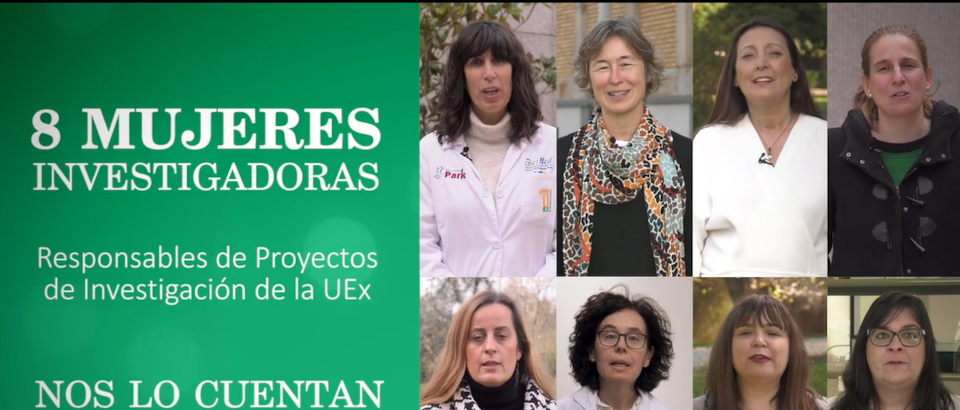The passage of time, as in everything, also affects the historic buildings of Cuenca, causing damage that must be repaired to avoid further evil. This is the case of Espacio Torner, the ancient Gothic temple of the Monastery of San Pablo, which in recent years has seen the deterioration of both the building’s roof and facade.
The effect of water has corroded the roof of the Espacio Torner, so it is necessary to waterproof it so that leaks do not damage the interior. In the same way, the façade shows a lack of material as a result of erosion and will undergo a thorough restoration. Actions to be implemented by the Federation of the City of Cuenca, since the Torner Foundation awarded the first competitive grant for the rehabilitation of unique buildings in the old city and the award of a second economic contribution is pending. Therefore, these fixes will be implemented in two phases that overlap over time to speed up the process. The first consists of €98,698, an amount that has been earmarked for the installation of scaffolding, the payment of urban fees and building permits, while the second contribution, of €233,334 yet to be awarded, will be used to carry out the rehabilitation of the front deck as well as the carpentry of the building.
A priori it seems to be a simple act, but the location of the property, on the edge of the Huécar Strait, brings with it some complications that will lead to the continuation of the procedures “until the end of the year”, as indicated by the director of Espacio Torner Marta Musset to Cuenca news.
In this sense, it is necessary to take into account that since scaffolding could not be installed around the entire perimeter, since there was no way to anchor it to the ground, only one structure was erected in front (photo 1). This was connected to a walkway built on the roof and through it the workmen would haul all the materials to a small patch of land between the office area and the stone on which the building stood. A second scaffold will be built at that point, although there will be areas that cannot be accessed, so it will be necessary for operators to take down lifelines to do the work on the last meters of the eaves (Image 3).
In terms of roof repair, it is suggested to raise the tile coverage of all gables. Onduline (high quality insulation) board will be laid over the clapboard of the structure and subsequently over the restored tiles, with losses supplemented by similar new tiles. As a complement, cracks in load-bearing walls will be repaired, eaves repaired and missing parts replaced. All this while preserving conditions of aesthetics, resistance, flexibility and durability. Since it is a building declared as a Cultural Asset (BIC), certain protocols must be followed.
In the façade, on the other hand, it will be restored under the supervision of archaeologists and restorers, due to erosion, there is damage and loss of materials, especially in the lower part.
Finally, the carpentry – the windows – will be replaced in the office area, behind the head of the chapel, in the service spaces adjacent to the Rosario Chapel (image 2) and on the main facade. All this using wood with paint of the same color as the existing one and matching glass.
Once the aforementioned is completed, a small scaffold will be assembled inside to contain the moisture in the building’s basement (photo 4) “to prevent it from spreading,” explains Marta Musset.
However, despite the complexity involved in this procedure, Espacio Torner will remain open and maintain normal visiting hours, except on specific days when it is forbidden to operate. Of course, during the celebration of the Festival, the works will be carried out in unseen areas so as not to impede their development, and the Parador de Turismo with whom they maintain a constant relationship will also be taken into account to prevent the guests from establishing their own. Variable rest hours.
In general, Marta Musset, Director and Principal of Espacio Torner hopes, “We will work quickly so that this rehabilitation, in which we have been working for more than two years, is completed as soon as possible.” And it is necessary to make repairs because “otherwise the moisture will eventually affect the structure,” explains Musset.
However, the Torner Foundation has a long-term goal of restoring the paintings inside, such as those in the Rosario Chapel (photo 2), because they have lost their color over the years. Although this is a ‘long term’ purpose, as they are currently concentrating on completing the roof and facade repair.




/thumbs.vodgc.net/1-398-put5oK1694025847494-1694026407.jpg)
